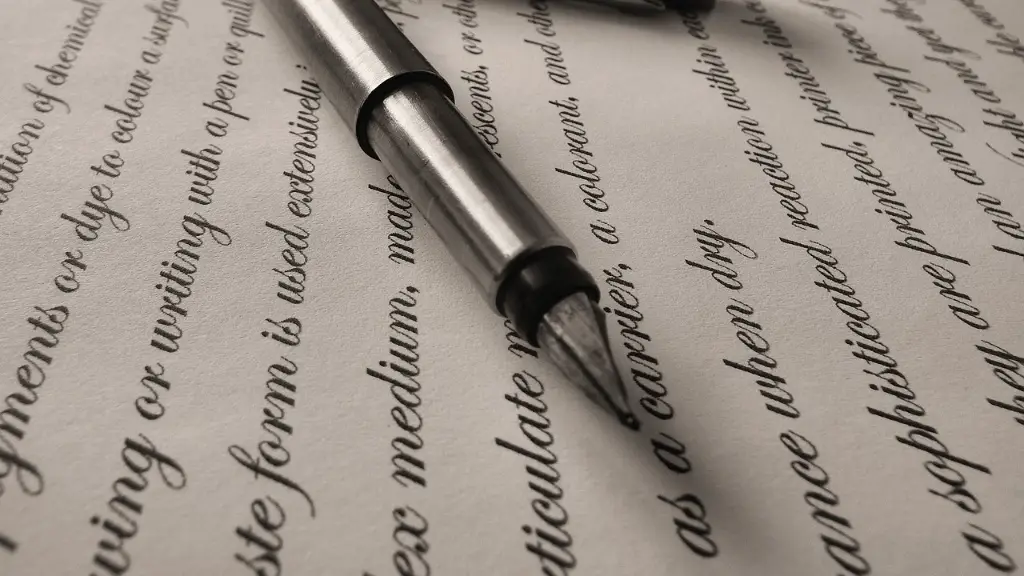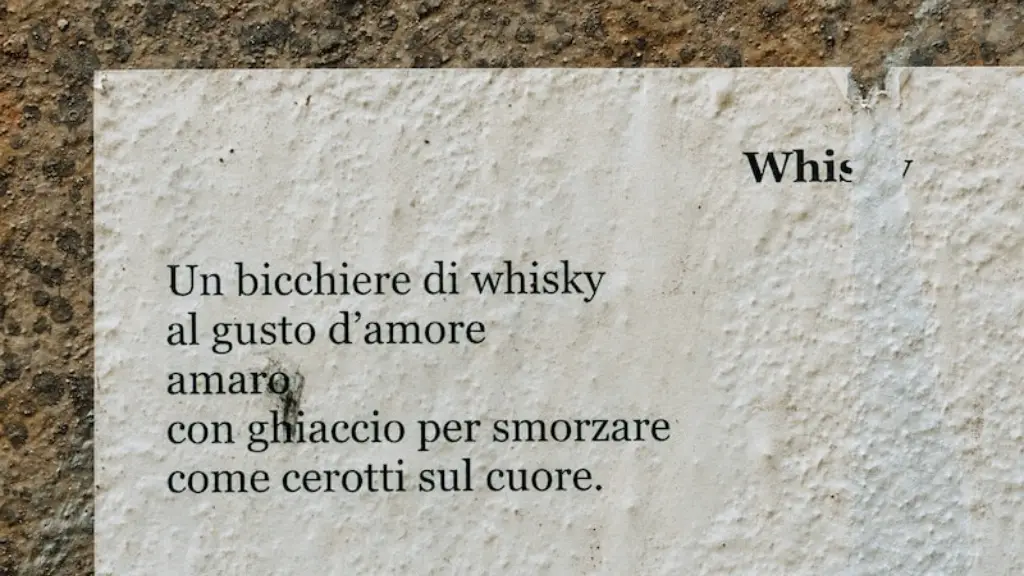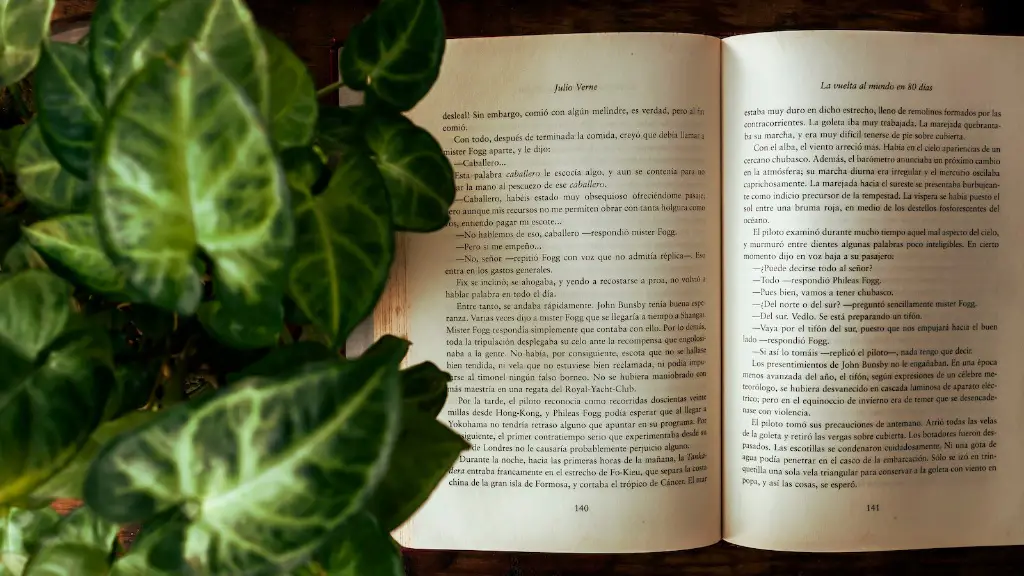Overview
Spoken word poetry has become increasingly popular in recent years with performances getting more and more exposure on social media and parts of the traditional entertainment industry. Essentially, spoken word poetry is a narrative poem that is performed aloud rather than simply being read. These poems may consist of storytelling, music or theatrical elements, making them one of the most versatile performance art forms. With the rise of spoken word poetry, the demand for recording its performances has increased, as it allows poets to promote their work in an even more public and accessible way. In this article, we’ll discuss how to record spoken word poetry with various methods and mediums.
Choosing the Equipment
The first step is to make sure you have the right equipment for recording spoken word poetry. Generally, a basic microphone and audio capture system should provide decent sound quality. Live recordings will also require additional equipment such as stands, cables and external sound reinforcement, especially for larger venues. It’s important to consider the distance between the poet and microphone, as well as the number of people in the audience and how their responses may affect the recording.
Pre-recording Preparation
It is also necessary to pay attention to the technical aspects of the recording prior to the performance. Before the recording session starts, test your microphone and capture system with a vocal recording of your own. Make sure you are using the right settings and sound levels on the equipment. Any sound sources in the venue should also be tested and adjusted if necessary. To achieve a professional result, it is recommended to get a tone reference that allows you to monitor the sound quality.
During Performance
When the performance starts, it is important to pay attention to the sound levels and microphone placements to ensure the best outcome. The microphone should be closest to the poet and should capture their dialogue clearly. The sound levels should be adjusted as needed to get the best balance of sound. It is also important to avoid capturing background and environmental noise, which may also interfere with the sound quality. If possible, it is best to use headphones so that you can monitor the sound levels as the performance goes along.
Post-recording
Once the performance is over, the recordings will need to be mixed and mastered to achieve the desired results. Begin by equalizing the recordings and setting their volume levels so that the speech is clearly audible. Use reverb, compression and other effects to shape the sound and make sure the speech is clearly distinguishable in the mix. Once you are satisfied with the mix, transfer the recordings to the digital audio workflow, where they can be further processed and edited.
Mixing and Mastering
Mixing and mastering are important steps in the recording process and can make or break the end result. For mixing, it is important to maintain the balance between instruments and vocals, as well as take into consideration the dynamics of the performance. For mastering, the overall sound should be emphasized and the recordings should be tightly compressed and leveled. Once both of these processes are complete, the recordings are ready for distribution.
Publishing and Promotion
Recorded spoken word poetry should be properly distributed, whether in the form of an audio file or a video. To attract attention and maximize its reach, be sure to promote the recording through various channels such as social media, streaming platforms and radio airplay. Collaborations with other poets, performers and labels can also be beneficial in getting more exposure.
Editing and Adjusting
After the recordings have been mixed and mastered, editing and adjusting the recordings should be done. This process involves editing out any imperfections or mistakes, as well as adjusting the tone, pitch, and volume levels. The use of audio editing software can be helpful in making these tweaks. Once this is complete, you should listen to the recordings to make sure they sound good.
Archiving
The last step is to make sure the recordings are properly archived. This can be done by backing up the files onto a storage device or cloud storage system. It is also recommended to have a master copy of the recordings in both digital and analog formats for future use. This will ensure that the performance can be accessed and appreciated by many generations to come.
Instrumentation
When recording spoken word poetry, having instruments or background music can make the performance sound even more dynamic. The instruments used can range from acoustic guitar or piano for softer/folk-style poetry to electronic drums or synths for more hip-hop/rap-inspired poetry. It is also important to consider the theme and tone of the piece when choosing instruments. Additionally, depending on the type of performance, it may be beneficial to add in sound effects to create a bigger impact.
Sound Design
An important part of recording spoken word poetry is sound design. This involves using sound effects, foley and other sound elements to give the performance more depth and enhance the listening experience. These sound elements can range from wind blowing, birds chirping, or footsteps echoing to drones, drones, drones, drones and textured sound effects. When adding sound effects, pay close attention to the timing and placement for maximum effect.
Lighting
Lighting can be an important part of any spoken word performance and should be taken into consideration when recording. Lighting can set a mood and create an atmosphere that can enhance the performance. For evening and night performances, soft and muted lighting can create a comfortable and inviting space, while brighter and warmer lighting may be more suitable for a day-time show. It is also important to make sure the lighting is suitable for recording, as too much light can cause issues with the recording equipment.
Video Recording
If desired, the performances can be recorded in video format as well. This is beneficial for creating visual material that can be used as promotional material as well as for archiving purposes. When setting up the video recording, a tripod should be used to ensure stability when recording. Additionally, ambient lighting should be used in order to create a more inviting atmosphere and make sure the footage looks professional.



